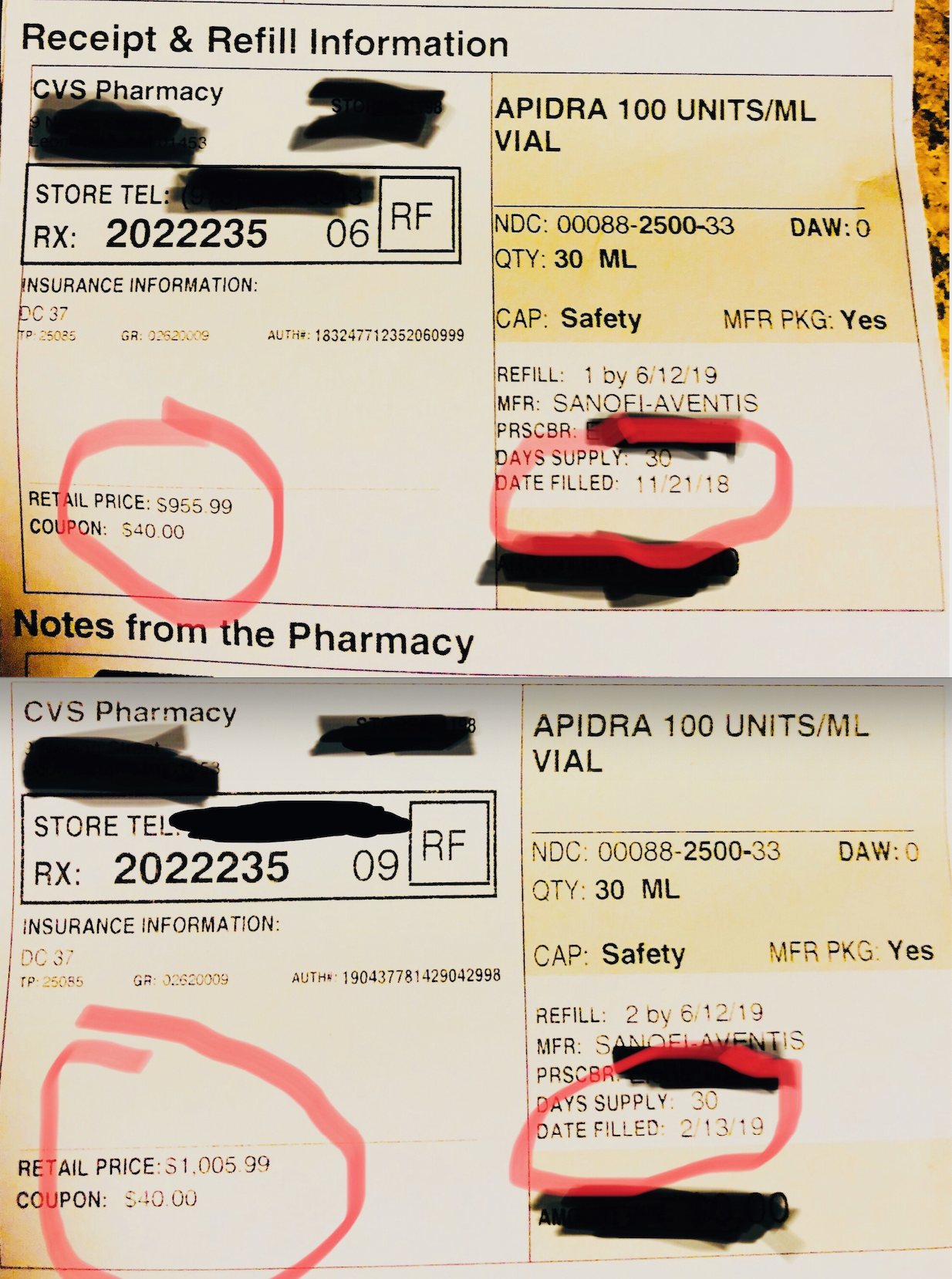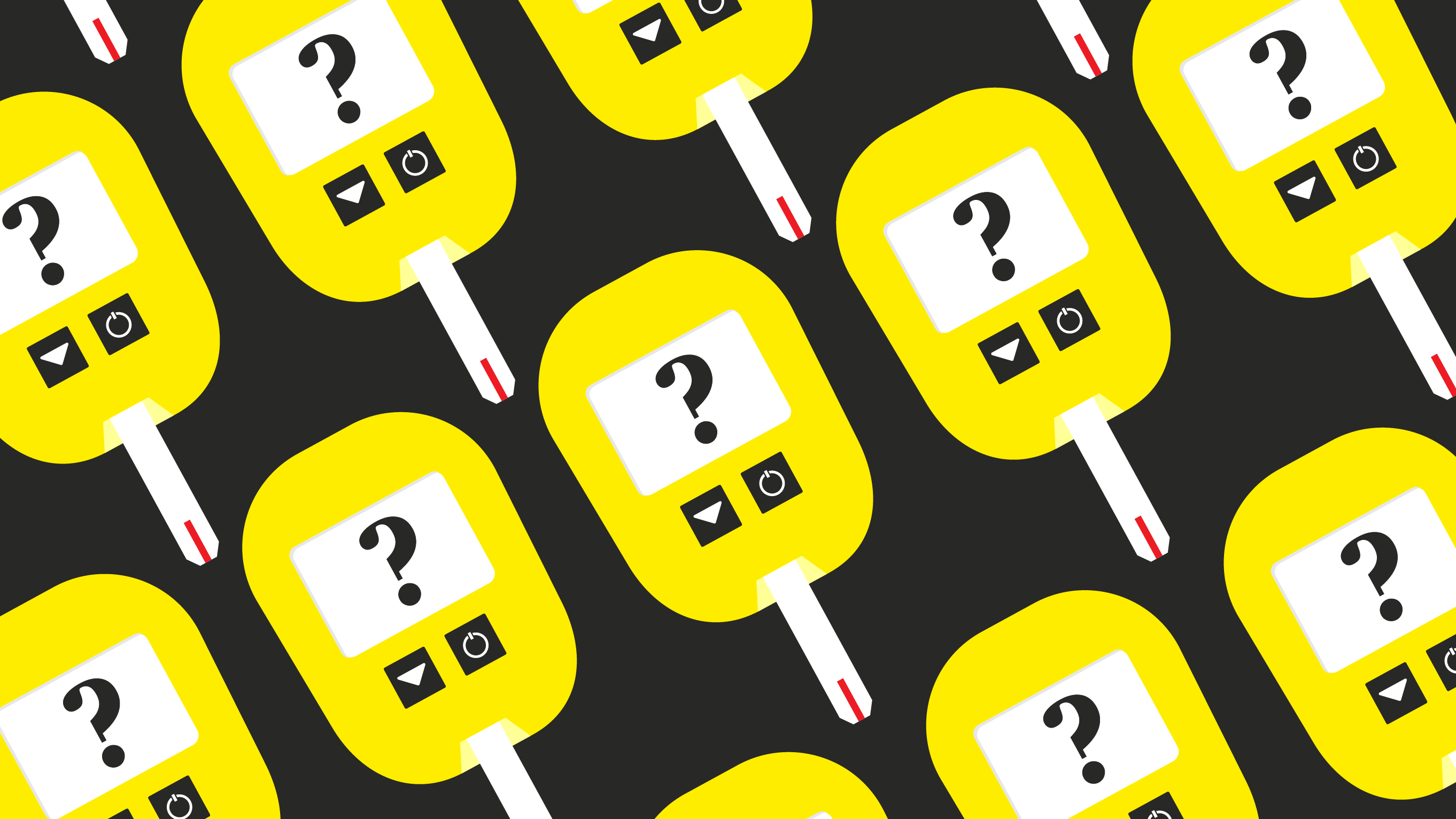Focus On Access: Charity Shuster-Gormley
Written by: Charity Shuster-Gormley
4 minute read
March 8, 2019
Editor’s Note: This piece is a part of Focus On Access, a content series sharing resources and perspectives on insulin pricing in the United States. Explore the full series here.
People who take insulin require consistently affordable and predictable sources of insulin at all times. If you or a loved one are struggling to afford or access insulin, click here.
Difficulty from the start
Since the age of 4, I have lived with chronic health conditions. It started with an ear infection, which turned into developing a chronic heart condition called a complete heart block resulting in the need for a pacemaker at the age of 25. At the age of 15, I had corrective surgery for scoliosis. Five weeks after this surgery, I was in the hospital again, and was diagnosed with type 1 diabetes. Along with these, I also manage hypothyroidism. All of these chronic conditions are not optional to treat if you want to stay alive and have your body function; I say “stay alive” because as morbid as it may sound to some, it is a very serious reality.
Because of a complication of my diabetes that has made me virtually unaware of when I am having a dangerously low blood sugar, I utilize a continuous glucose monitor and I have a diabetic alert service dog named Groot that alerts me to rapidly rising or falling blood sugars. He can smell a significant change up to 30 minutes in advance and is always ahead of my continuous glucose monitor (CGM). My husband and I spent months saving up the $10,000 dollars we would need for me to get Groot due to how critical it is to maintain my health and assist in preventing a blood sugar rise or drop that could be fatal.
Costs of living
$50-100 dollars per vial was the average piece of insulin when I was diagnosed in 2000. Today, the same insulin costs over $300 dollars per vial. My insulin pump was priced at $6000, the supplies necessary to go with it are approximately $40 dollars per set, which last three days. My CGM supplies are approximately $1000 dollars per month, and the actual monitor itself was $850. Blood glucose test strips needed to know what your blood sugar is so you can give yourself the correct dosage of insulin can cost anywhere from 40 cents to a dollar a strip. To have a handle on your blood sugars, you use about eight of those in one day.
I was once informed by the pharmacy director of my insurance company at the time that only insulin and insulin delivery devices are the only things covered: “Testing is not a life necessity, ma’am. Only insulin and what is needed to deliver the insulin is.”
“Oh, good!” I replied. “So I no longer need to know what my blood sugar actually is, I’ll just inject my insulin and see what happens next? That’s EXACTLY what I want to do with a medication that can be fatal if the wrong amount is given…”
A harsh reality

Hearing the CEO of Eli Lilly state that insulin prices are rising due to diabetes being such an expensive disease in 2016 was particularly upsetting. Do they think people want to have a disease? Chronic illness is not something you will find anyone celebrating, I can assure you! When the pharmaceutical industry and insurance companies in America choose to raise the cost of necessary medications and treatments due to the simple fact they know that they will never have to worry about how much it costs because you will die if you do not have it, that is one of the most criminal acts against humanity I can think of, not to mention inhumane—there are too many words to describe this horrific reality. Some studies show it costs under $10 dollars to produce a vial of this medication for those whose bodies do not make it any longer, and then it’s priced at $300-$400 dollars a vial… this confirms the immense evil of those with insatiable greed.
To the pharmaceutical industry and the insurance companies: do you think I enjoy having to live in fear on a daily basis that I will not wake up due to a blood sugar that has gone too low overnight? Or that I will potentially go into an irreversible coma due to my blood sugars being too high? Do you think I enjoy taking medications that could kill me and that at times I have been told I smell like? Do you think I enjoy wearing medical equipment 24/7 or giving myself multiple injections on a daily basis? I will give the pharmaceutical and insurance companies a hint… The answer is a resounding NO! This is not a choice that I have made because I love wearing medical equipment that goes off at uncontrolled times and creates embarrassing situations when I’m in the middle of a therapy session as a professional mental health clinician. I don’t get a rise out of giving myself multiple shots per day. Fearing my death, or that at any point I could get a complication such as blindness, kidney disease, heart disease, neuropathy, or gastroparesis are not what I have always dreamed about.
Other avenues
People are going to Mexico, Canada and various other countries and bringing back large supplies of insulin for their survival at the same price it costs someone to obtain one vial of insulin here in America. People are going on social media and using various names to try to obtain or assist others in obtaining insulin. Surprise surprise, people are not doing this for fun, to make money or because they enjoy doing something that may be illegal. As manufacturers and producers of insulin, pharmaceutical companies should be well aware that nobody is prescribed insulin except those whose bodies no longer make enough on their own, or whose bodies cannot process the insulin they have.
This is chronic illness, this is diabetes in the United States of America. Unification on this topic, being an ever-present voice regarding this critical issue, educating others and holding accountable those who see no problem making profits on human life are critical. Our lives are NOT for profit! When you meet a person living with any chronic illness, ask yourself: “Do I really understand what it costs to stay alive? Can I even begin to fully grasp what it is like for someone with a chronic health condition to live under constant fear of not having enough money to see another day?”
Focus on Access Editorial Disclosure: The position presented above is solely that of the author. Other than fact-checking and formatting, Beyond Type 1 has not edited the content of this post.

Author
Charity Shuster-Gormley
Charity Shuster-Gormley is a native Vermonter who currently resides in Massachusetts with her husband, 12-year-old cat Bella, and her two-year-old Diabetic Alert service dog Groot. She was first diagnosed with type 1 diabetes (T1D) in the summer of 2000 at 15 years old. Charity holds a Bachelor’s degree in Psychology and a Master’s degree in Marriage and Family Therapy. Charity currently works as crisis/stabilization clinician in the mental health field. Her passions include animals/animal welfare, helping others and advocacy for equal and human rights, and reading.
Related Resources

Editor’s Note: This piece is a part of Focus On Access, a content series sharing...
Read more

Hyperglycemia—or high blood sugar—can sneak up on you, whether it’s from a missed dose, a...
Read more

Curious about how to join a diabetes clinical trial? If so, good on ya’, because...
Read more

